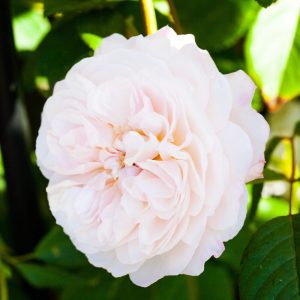Description
Cynara cardunculus, also known as cardoon, is a perennial thistle-like plant in the sunflower family. It is native to the Mediterranean region and is grown for its edible stems and leaves. The plant can grow up to 2.5 metres tall and has large, spiky leaves and purple flowers. Cardoon is traditionally used in Mediterranean cuisine, often blanched and fried or used in soups and stews. It is also used for ornamental purposes in gardens and landscaping.
Key Facts
- Common Name(s):Cardoon
- Hardiness:Fully hardy through most of the UK
- How big will I get? Cynara cardunculus can grow to a height of 2.5m and a spread of 1m.
- Did You Know That:The plant is also known as the “vegetable thistle” due to its thistle-like flowers and leaves?
Plant Calendar
A rough guide to how this plant will change through the year.
| Jan | Feb | Mar | Apr | May | June | July | Aug | Sept | Oct | Nov | Dec | |
| Flowering Time |  |
 |
 |
|||||||||
| Foliage Colour |  |
 |
 |
 |
 |
 |
 |
 |
 |
| J | F | M | A | M | J | J | A | S | O | N | D |
 |
 |
 |
|||||||||
 |
 |
 |
 |
 |
 |
 |
 |
 |
Care Guide

Soil Requirements
Cynara cardunculus prefers soil with good drainage and does not tolerate standing water. This plant can grow in soil with a wide range of pH levels, it is not picky about the pH level of the soil.

Best Position
Cynara cardunculus prefers a sheltered position and requires full sun to thrive, this consists of more than six hours of direct sunshine per day.

Maintenance
Cynara cardunculus is fairly low maintenance and doesn’t require any pruning.

Pest, Diseases and Wildlife
Cynara cardunculus can have problems with slugs and snails, and it tends not to have problems with diseases. It is also known to attract bees and other pollinators. It is not considered to be toxic.
![Cynara cardunculus [Cardoon]](https://leafwise.co.uk/wp-content/uploads/2022/10/Cynara-cardunculus-Cardoon.jpg)




